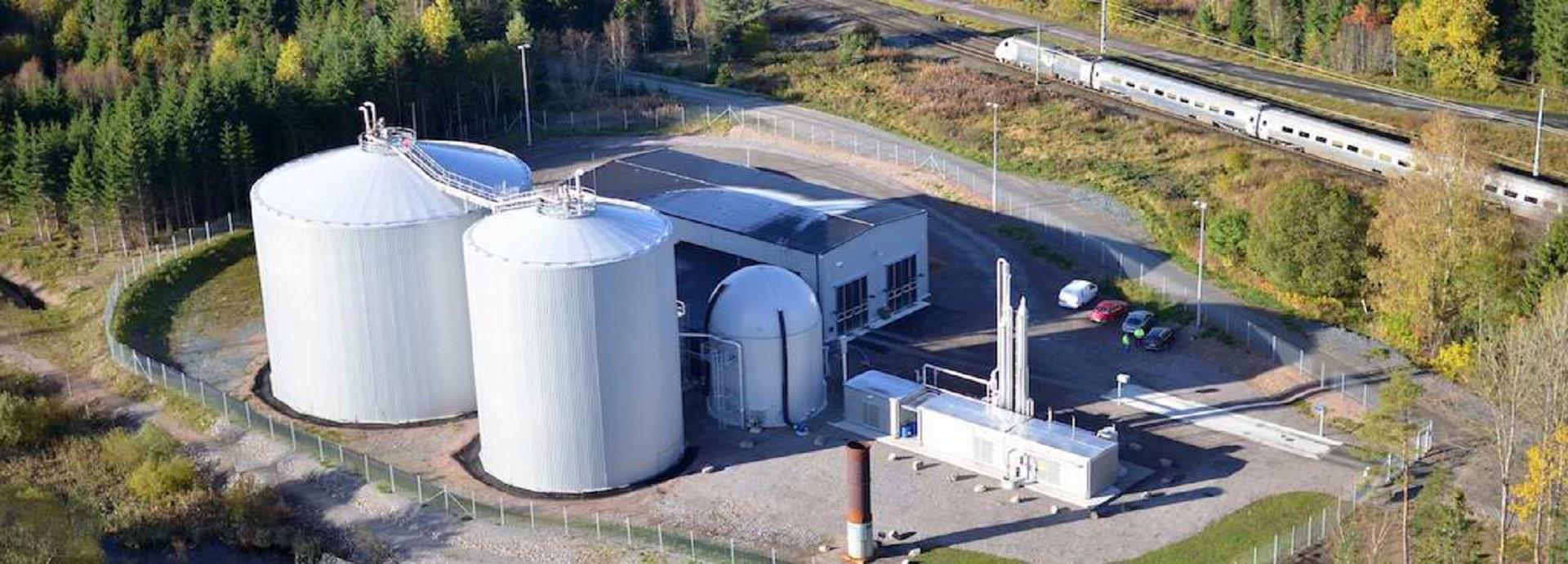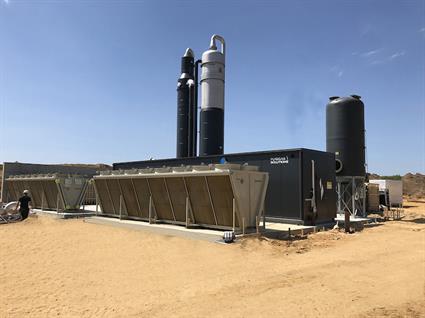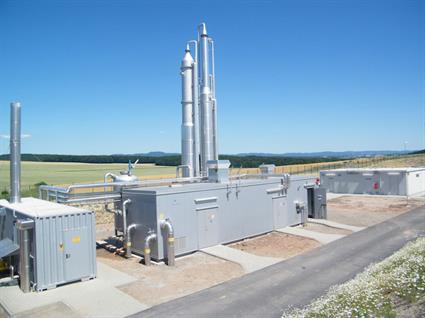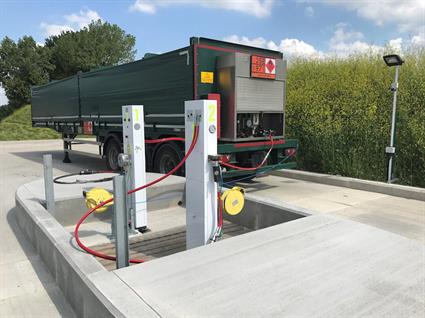

With the acquisition of Puregas Solutions, Wärtsilä has a foothold in the burgeoning biomethane market. Additionally, it gains a talented and specialised employee pool to grow a previously untapped market.
Wärtsilä’s acquisition of the Kalmar, Sweden-based Puregas Solutions in October 2017 was small by merger and acquisition standards. But it was a well calculated step to expand its product portfolio in what is sure to be a futureproof market.
Puregas Solutions is a specialist manufacturer of biogas purification technology. Given the fact that biogas and its surrounding technology are reaching a global tipping point, Wärtsilä needed this expertise.
The new Wärtsilä Puregas Solutions, which will continue to employ 40 people in Sweden, Denmark, the UK, Germany, and the US, designs and builds container-sized, prefabricated modular biogas upgrading plants for a variety of applications around the world, from agricultural applications to food waste, and water treatment plants. In most instances, the biomethane (upgraded biogas derived from the anaerobic digestion of organic material) made with Puregas Solutions’ CApure technology is used to power city buses, although a real big potential growth market is the biomethane liquefaction market, which is now showing signs of taking off.

Puregas Solutions' CApure technology
Growing a legacy
Gas processes and technologies are not new per se to Wärtsilä. The Hamworthy acquisition of 2012 was also a step in this direction. A recent project in Skogen, Norway for example upgrades biogas from a paper mill which is then liquefied for use as a transport fuel. Other liquefaction projects are also in the works.
“After acquiring any company or business the challenging question is how to make sure we manage to retain the well-performing parts but at the same time introduce the elements that a bigger organisation can offer,” says Timo Koponen, Vice President Processing Solutions, Wärtsilä Marine Solutions.
“This is naturally even more critical when acquiring smaller operations like Puregas. The challenge here is even more unique since the field Puregas is operating in is partly introducing a new field for Wärtsilä. It is therefore critical that we keep harvesting on the knowledge the company already has and grow its legacy,” he adds.

Biogas upgrading plant
Joining forces
“Puregas Solutions has grown successfully in recent years and we have now reached the point where it makes sense to achieve further growth through joining forces with a truly global technology specialist. Wärtsilä is a company with a similar philosophy towards creating customer value as our own, and we look forward to an exciting future together,” says Jan Molin, CEO, Puregas Solutions.
“Our employees are very excited to be a part of this larger organisation. This will give them access to a whole new set of tools, training and career opportunities that we, as a small company, could not offer. The fact that Wärtsilä is showing great respect for Puregas and is treating the acquisition as a merger, where we learn from each other, is to me very different from other acquisitions that I have experienced. It gives me the confidence that we will have a great future together,” says Molin, who will continue running the business under the Wärtsilä Processing Solutions business line.

Virtual gas pipeline
Keeping an eye on the value chain
In broad strokes, biomethane is the same as natural gas, as each gas is made up of about 99% methane (the active and combustible element). But natural gas is a non-renewable fossil fuel. Biomethane upgraded from biogas meanwhile is produced in anaerobic reactors from a constant supply of farm manure, household organic waste, commercial food waste and from energy crops. Process waste from paper mills, fisheries, and slaughterhouses is often used as well.
The problem with biomethane is that there really isn’t enough of it yet and its production is often subsidised by governments. Like the chicken and egg problem, the widespread and profitable use of biomethane is an important factor in how fast it gets adopted.
The technology is well-developed in northern Europe and is in its infancy in the United States, something which Puregas employees are working hard to change by promoting Puregas Solutions’ CApure technology, which achieves the highest methane recovery with a so-called methane slip of less than 0.1%. This means that the 99.9% methane recovery rate translates into maximised revenue for customers with extremely low waste.
“Biomethane, which is the same as renewable natural gas, has been a mainstream product in Scandinavia and in countries like Germany and the UK for some years. But is only now that other countries like France, Italy and the US are joining in and adopting the technology. And the beauty of working as a Wärtsilä company is that we now have the muscle to forge into new markets much faster than we could do on our own. So we intend to follow this trend as far as it goes,” says Molin.
The trend looks promising. While global volumes are still small, the use of biomethane is expected to grow at 6.56% per year until 2023, according to Transparency Market Research (TMR).
